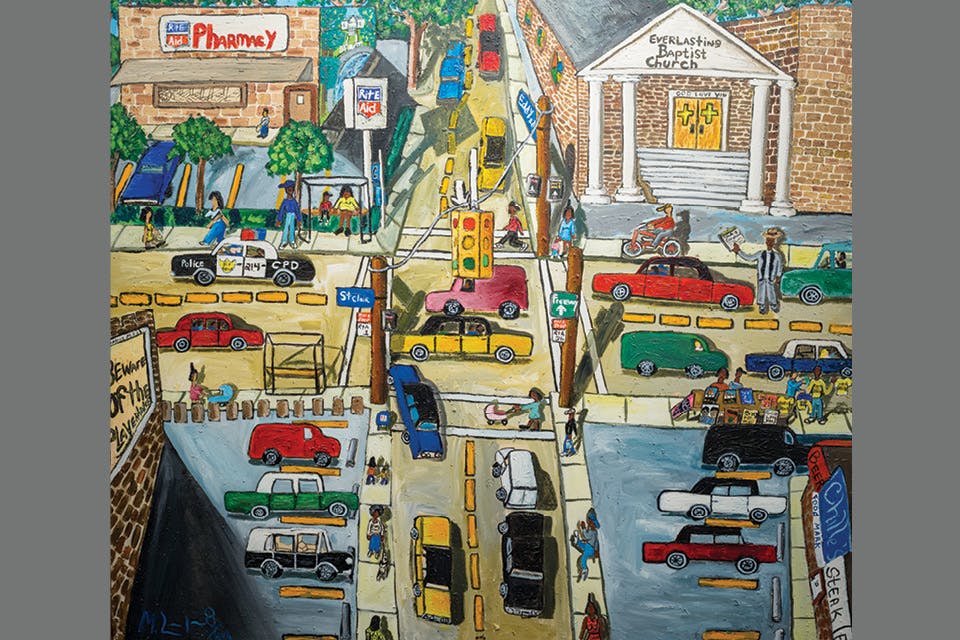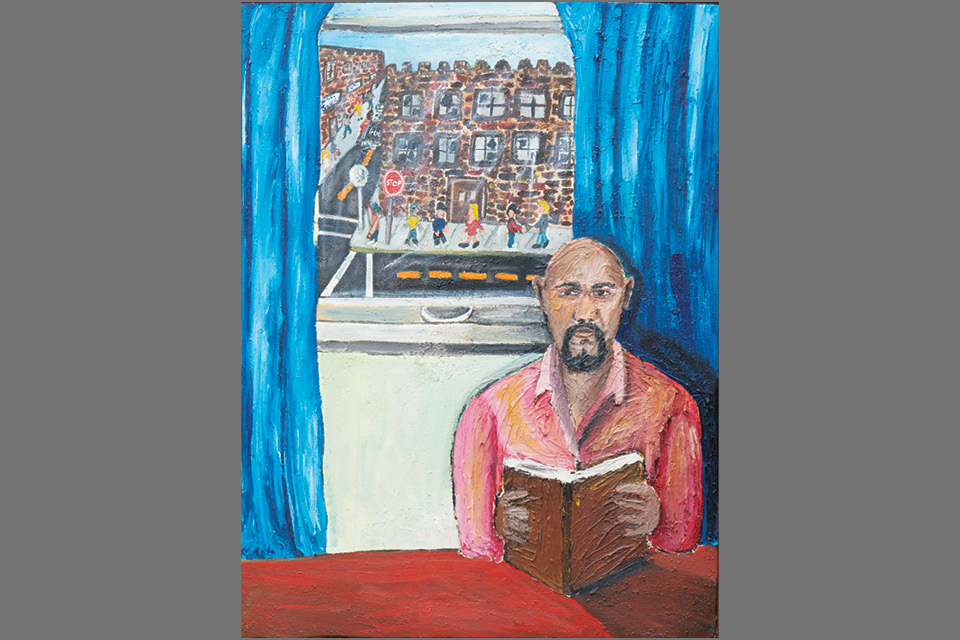Arts
See “Michelangelo Lovelace: Art Saved My Life” in Akron
The Akron Art Museum exhibition featuring works by the late artist reflects the city the Cleveland-based artist called home and his life there.
Related Articles
-mark-lyons.jpg?sfvrsn=25b2b438_5&w=960&auto=compress%2cformat)
3 Family-Friendly Symphony Concerts in Cincinnati
The Cincinnati Symphony Orchestra has several musical performances planned during January and February, each offering a show that is suitable for the entire family. READ MORE >>

Restoration Begins on George Sugarman’s ‘Cincinnati Story’ at Pyramid Hill Sculpture Park
The colorful, iconic sculpture is undergoing restoration ahead of a 2026 public rededication. READ MORE >>

‘Lost & Found in Cleveland’ Hits Theaters Nov. 7
The movie, which was filmed in Cleveland and other northeast Ohio locations, stars Martin Sheen, Dennis Haysbert, June Squibb and many others. READ MORE >>




